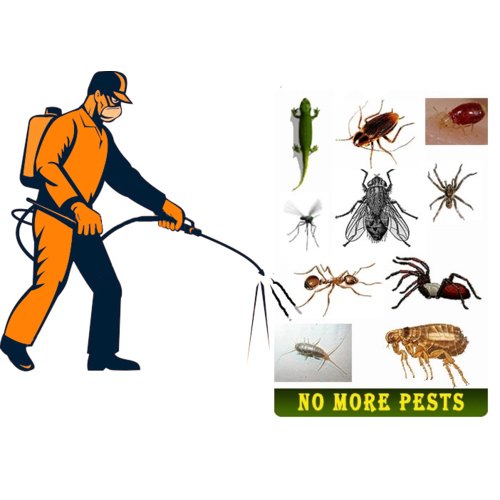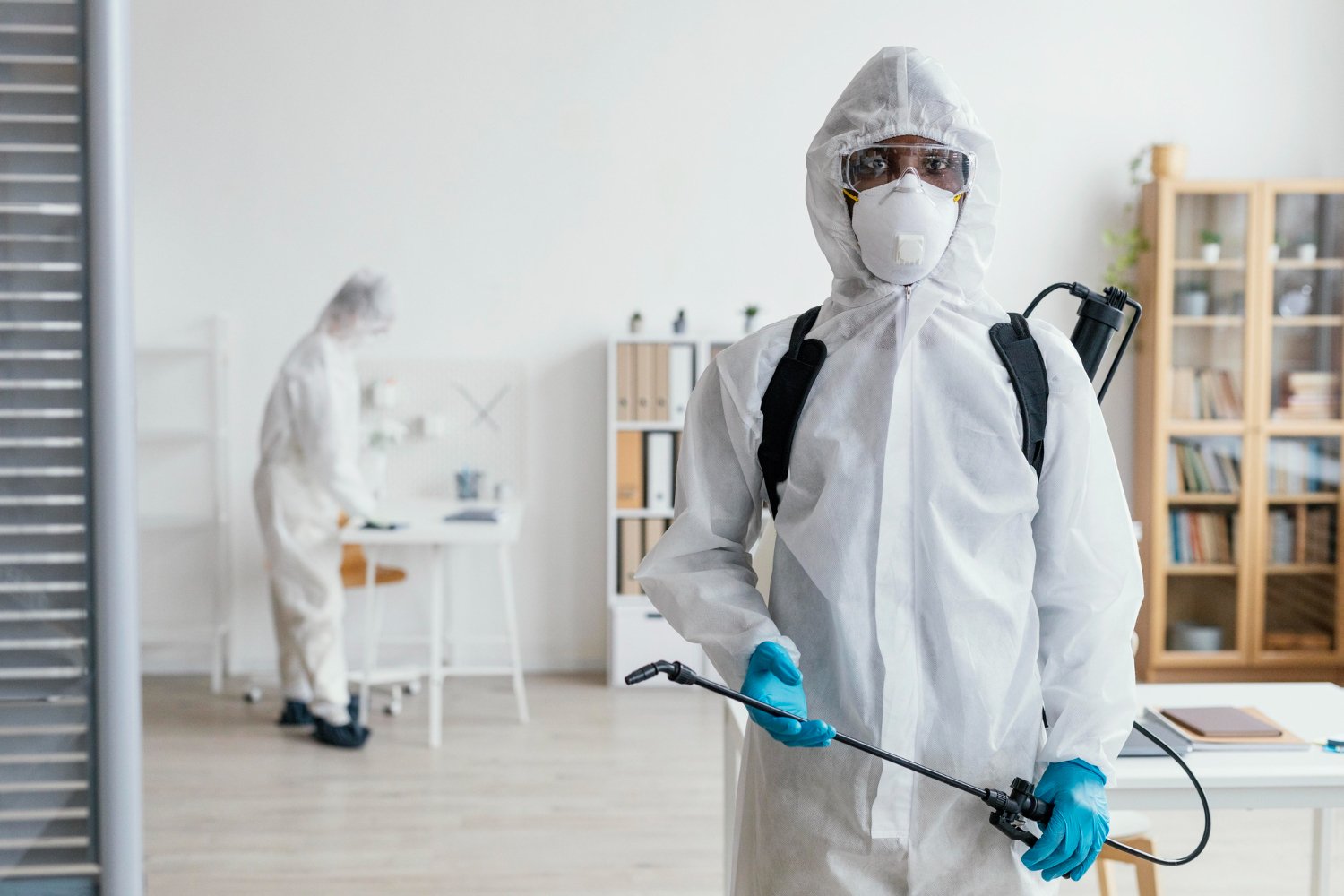Why Select Pest Control Lockhart for Your Home Protection Needs
Why Select Pest Control Lockhart for Your Home Protection Needs
Blog Article
Discovering Invasion and Treatment Methods in the World of Pest Control
The landscape of parasite control includes a myriad of challenges, specifically as invasions of common family parasites remain to develop. Recognizing the habits and reproductive patterns of these nuisances is critical for creating effective therapy approaches. By integrating preventive procedures with advanced administration techniques, such as Integrated Bug Management (IPM), home owners can much better protect their settings. The performance of these methods may differ significantly based on certain circumstances. What underlying variables add to the success or failure of these methods in various setups?

Common Household Pests
When it pertains to handling our space, recognizing common household insects is important. These bugs not only disrupt our comfort but can also position health and wellness dangers and damages building. The most common home insects include ants, cockroaches, rodents, termites, and bed bugs.
Ants, commonly seen foraging in kitchen areas, can contaminate food and develop large swarms. Rats, including computer mice and rats, can trigger structural damages and bring conditions like hantavirus and salmonella.
Identifying the indicators of these insects, such as droppings, nests, or bite marks, is vital for early intervention (Pest Control Lockhart). Correct hygiene practices, sealing entry points, and preserving a clutter-free setting work preventative steps. By recognizing these typical house bugs and comprehending their actions, property owners can take proactive steps to minimize invasions, ensuring a much healthier living environment
Recognizing Insect Infestations
Bug invasions can intensify quickly, transforming a minor annoyance into a significant issue if not resolved promptly. Common elements adding to invasions consist of bad hygiene, architectural susceptabilities, and seasonal adjustments that drive parasites indoors.
Determining the type of bug is crucial, as various species show diverse habits and reproductive rates. For example, rodents may establish nests in hidden areas while pests like roaches grow in wet environments. Early discovery usually depends upon identifying indications such as droppings, nibble marks, or unusual audios, which can show an issue before it becomes extreme.
Ecological conditions also play a vital duty in bug proliferation. Cozy, moist climates can help with the rapid development of bug populations, while adjustments in landscape design or building can inadvertently develop favorable environments. Regular assessments and preventative steps are paramount to minimizing the risk of problems. An educated strategy to comprehending these characteristics lays the groundwork for reliable insect management methods in the future.
Treatment Techniques and Strategies
Effective treatment approaches and strategies are important for reducing insect invasions and recovering a safe environment. A diverse technique is often best, incorporating chemical, organic, and mechanical strategies tailored to the particular bug and the extent of the infestation.
Chemical treatments include using insecticides and herbicides, which can effectively remove pests. However, correct application and adherence to security standards are essential to decrease risks to humans and non-target microorganisms. Integrated Parasite Administration (IPM) urges the cautious use chemicals as a last resource, relying instead on monitoring and threshold degrees to identify intervention needs.
Organic control methods involve introducing natural predators or bloodsuckers to reduce pest populations. This technique is significantly preferred, specifically in farming setups, as it promotes environmental sustainability.
Mechanical approaches, such as traps and barriers, supply instant remedy for parasites without presenting chemicals. Options include sticky traps for bugs or physical obstacles for rodents.
Eventually, the selection of therapy technique need to take into consideration the specific bug, the environment, and prospective effect on human health and ecosystems. A well balanced mix of these techniques can properly manage invasions while advertising lasting bug control options.
Preventative Steps for Residence
Proactively dealing with pest problems before they escalate is vital for maintaining a healthy home atmosphere (Pest Control Lockhart). Carrying out efficient safety nets can considerably address reduce the possibility of infestations, eventually protecting both your residential or commercial property and health

Correct landscape design likewise plays a critical function in prevention. Keeping hedges and trees cut away from your house minimizes the chances of parasites discovering their way inside your home. Make certain that drain systems are operating efficiently to stop standing water, which can draw in insects and other pests.
Lastly, routine inspections are a good idea. Frequently examining for indications of insect activity permits very early intervention. By adopting these precautionary measures, house owners can create an atmosphere that is less friendly to insects, thus enhancing their overall lifestyle and decreasing the need for comprehensive pest control treatments.
Business Pest Control Methods
A thorough strategy to business insect control is vital for services aiming to maintain a safe and hygienic environment. Efficient techniques involve a combination of regular examinations, staff member training, and the implementation of Integrated Bug Management (IPM) practices.
Regular evaluations make it possible for early detection of parasite activity, permitting for timely intervention. Businesses ought to establish a regular timetable for these evaluations, concentrating on high-risk locations such as kitchen areas, storeroom, and waste disposal websites. Employee training is equally essential; staff needs to be informed on the indicators of bug problems and the value of reporting them quickly.
Executing IPM methods helps mitigate parasite problems sustainably. This includes habitat adjustment, such as sealing entrance factors and minimizing mess, along with using natural deterrents before resorting to chemical you can try here therapies.

In addition, collaborating with a certified insect control service provider ensures access to expert find out here now understanding and advanced treatment choices. This collaboration can bring about customized parasite control intends customized to the specific needs of business, decreasing risks and enhancing general efficiency. Ultimately, a proactive and informed method fosters a pest-free environment, protecting both public health and company online reputation.
Conclusion
In verdict, efficient parasite control necessitates a thorough understanding of typical home insects and their actions, paired with targeted therapy techniques. Applying precautionary actions along with therapy methods such as Integrated Parasite Administration and organic control improves the ability to minimize invasions.
Report this page